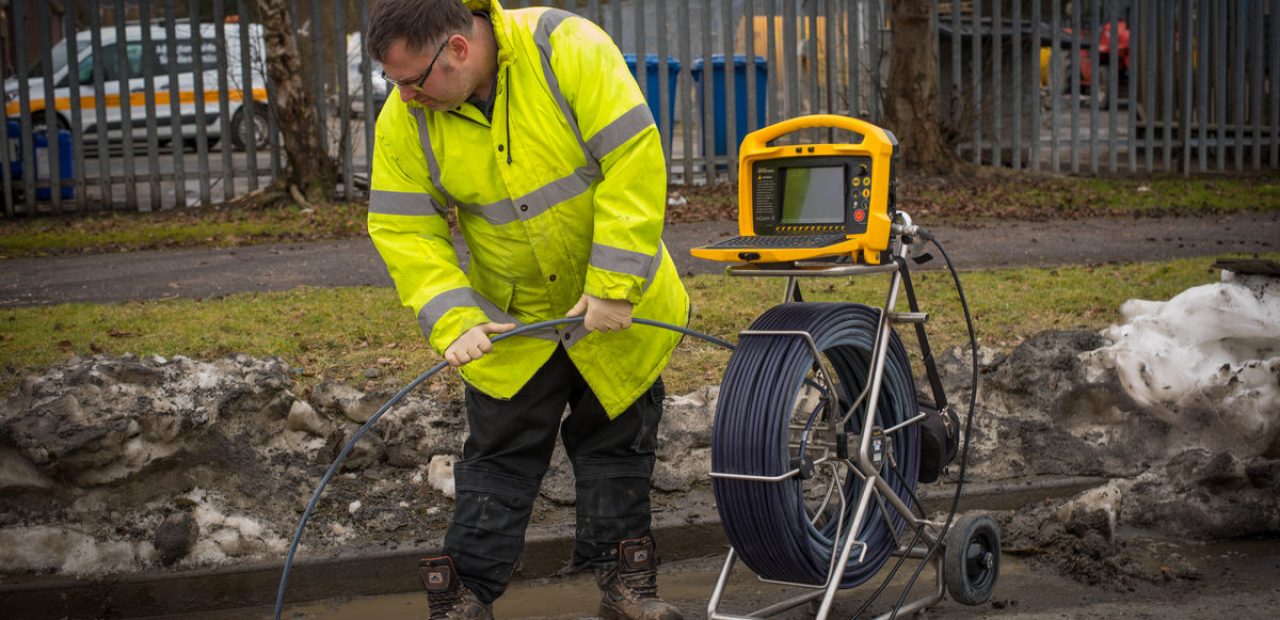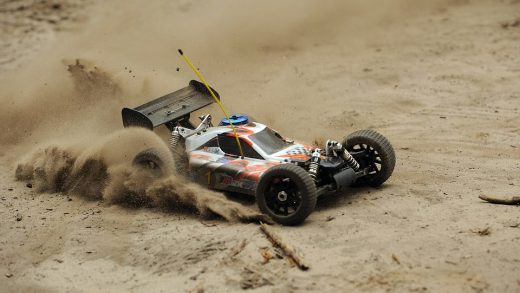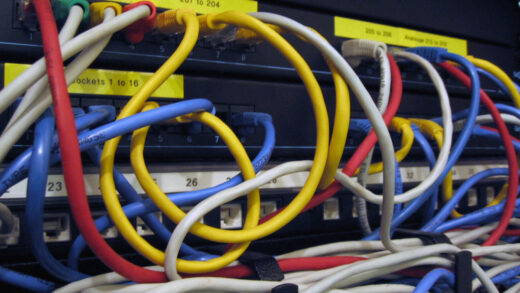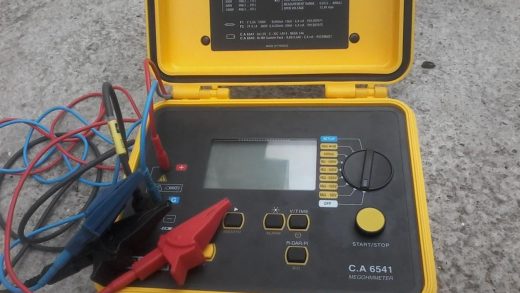The Whats and Hows of Sewer Cameras
Cameras have thousands of uses. A less obvious one is for inspection inside sewer and drainage pipes. Giveaway signs that the piping is blocked, leaks, or has more serious damage are foul smelling odours, gurgling sounds, irregular flushing and overflowing toilets. Slow water drainage from the sink or shower, and water seeping up through concrete or in the garden can be indicators of a problem too. In any case, you’ll soon have to locate where the problem is and get it fixed. To that end, a pipe inspection involving the use of high quality sewer cameras will be the first thing you need done.
Contents
How is a Sewer Inspection Done?
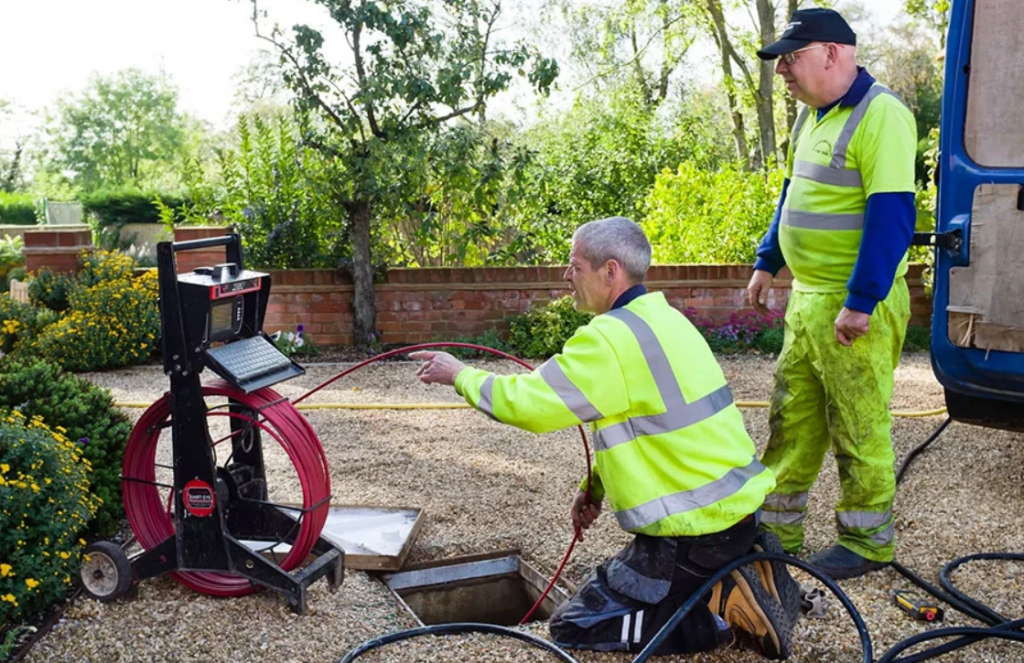
Pipe and sewer inspection is done to get an idea of the condition of the piping in and from your home. This means checking on the sewage, drainage, storm and other pipes that are suspected to be clogged or damaged. The inspecting is carried out with a small camera mounted at the end of a flexible, waterproof cable.
This allows the camera to navigate its way through the piping, and make its way through bends and twists until it reaches the problem area. Inspections with a sewer camera are relatively quick, and can pinpoint where pipes suffer from clogging, leakage, cracks or other forms of damage. Not only does this allow plumbers to get a more accurate picture of the condition of the piping, but they can also recommend what precisely needs to be done.
The benefits of such inspections are that there’s no damage to the pipes as such, since there’s no guesswork involved when deciphering the issue. Moreover, if there is the need for drilling or digging, this saves both money and time for the homeowner during simple pipe cleaning or even more serious repairs.
What can a Sewer Inspection Tell You?
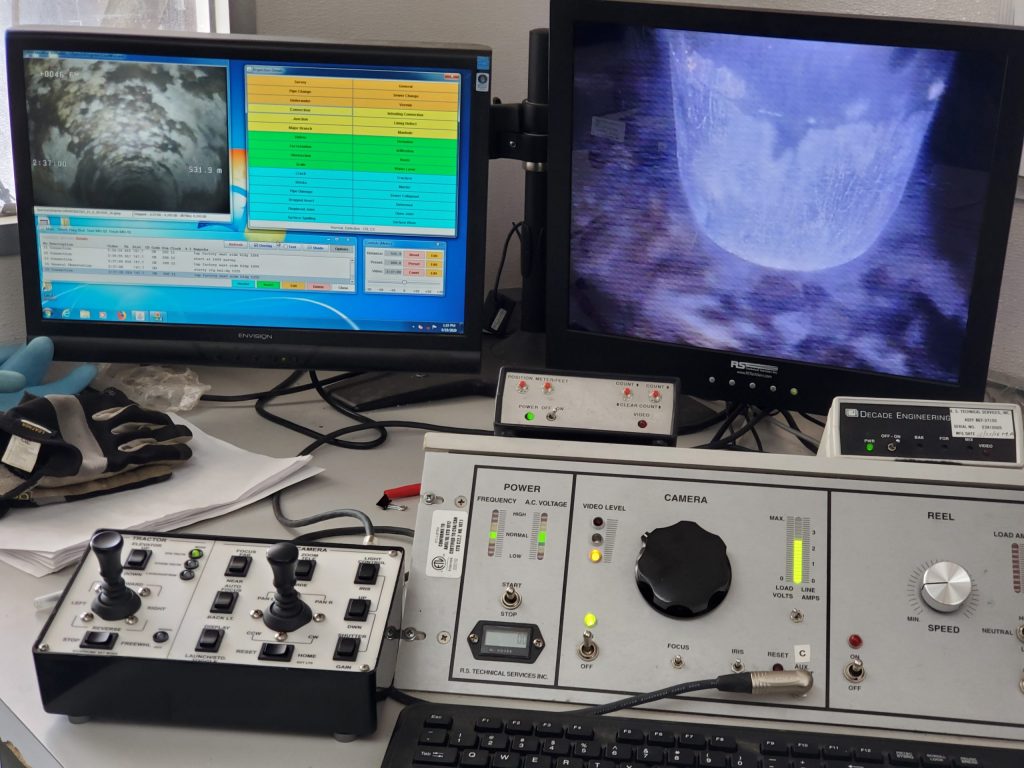
Sewer inspections with the right sewer cameras can tell you the nature of the issues. If there is a blockage, the high-definition camera can make out what it is. This could be items from the toilet or sink, or debris that has collected over time. But blocked pipes are only minor problems that are resolved with quick cleaning.
Pipes may be affected by shifting soils or tree root penetration, in which case cracks develop. If left unattended, the pipes may burst. This can easily be prevented with thorough inspection. Sewer cameras are also good in spotting corrosion and signs that can lead to further damage.
Cameras can also tell you about the kind of piping you have. Pipes are either PVC (in newer homes and developments), copper or cast-iron so, if repairs are needed, you can do the calculations as to how much the cost will be. In addition, an inspection can assess the condition of other fittings in the pipeline that may need replacing.
This includes connections, elbows, tee sections, couplings and so on. And again, revealing minor issues now and preventing them from becoming something bigger and more serious will mean less hassle and less money literally going down the drain.
Which are Areas Where a Pipe Inspection is Recommended?
Inner city areas yet to be hit by the development bug, and older rural towns are places where sewage piping is substandard and prone to issues. Here there are older cast-iron pipes that are more likely to leak, crack and corrode over time. Pipe Inspections are regularly done by communal workers when inspecting street sewers. Units used here are also suitable in inspecting the piping in larger commercial or industrial facilities.
What is Used in a Sewer/Pipe Inspection?
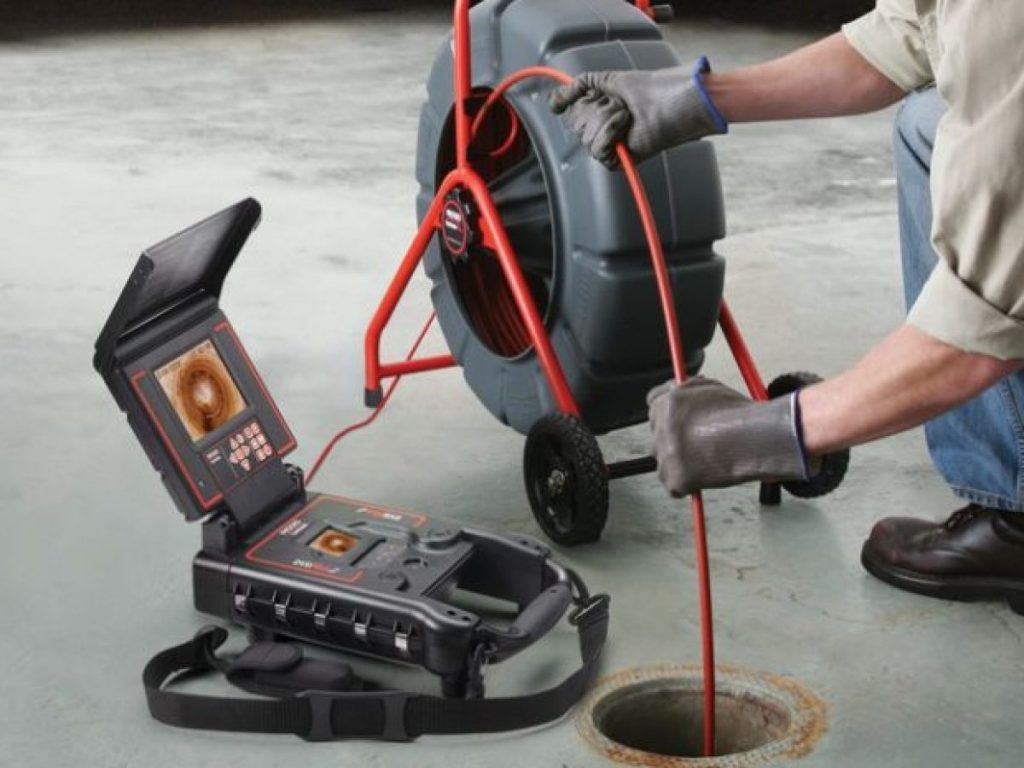
The equipment used to check pipes and sewers consists of a sewer camera set at the end of a pushrod, feeding the signal through a fibreglass cable to an above-ground control box. High-end units have sewer cameras with an aluminum casing, that at the same time is waterproof (look for IP 67 ratings and above), as well as impact proof (with scratch resistant sapphire glass).
The camera features tilt and shift lenses so plumbers can inspect potential damage to piping side walls. The high resolution colour signal allows for clear video and stills. Most cameras have additional LED lighting for better illumination. Behind the camera there’s a sonde that transmits a signal. This pinpoints the exact location of the camera at any given time. Coupled with an on-screen “distance counter”, any issues are precisely located within the piping network.
Cables are thick and have additional PVC or Kevlar outer sheathing for increased protection. This is wound on an aluminium reel. Most units used in home inspections will be fine with 30 metres of cabling. For larger projects, cables can reach up to 120 metres. Control units have large LCD or TFT screens and show what the camera sees.
From here, operators can control the movement of the lens, illumination levels, change between video and stills, record images, and input text with an onboard keyboard. The date, time and issue can be displayed on a printout of the findings and recorded internally or on SD cards. This is handy for any potential repairs that need to be carried out afterwards. The whole package is powered by a 12V Li-ion battery pack able to last a whole day’s worth of inspections.

